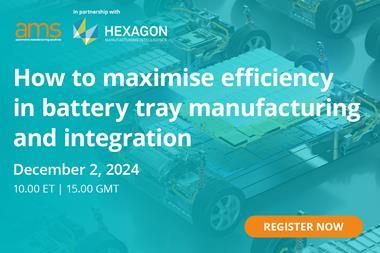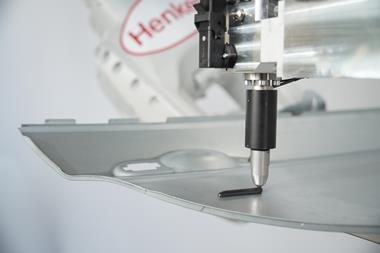Industry gatherings are always a good opportunity to get a sense of where things are heading, whether it’s markets or technology. Attending two separate events recently, one a conference with a large OEM presence and the other a major trade exhibition for Tier suppliers, I tried to gauge where the focus for vehicle manufacturing was turning. Obviously the economic cloud hanging over Europe was a major influence, and although this was offset by the continued growth in other markets, notably China, predictions were for a difficult year ahead.
During a visit to this year’s AMB show in Stuttgart I asked what were OEMs looking for from the leading Tier suppliers. It’s easy to expect the usual answers; improved efficiencies, lower costs, etc., and yes these were included in the responses, but the real interest is in how they will achieve these. Here the answers varied; for some costs were reduced by designing and building less sophisticated machining centres that included selected, simplified features from high-end machines. This was to offer greater accessibility to companies perhaps reluctant to invest in highly complex, and expensive equipment that might not be fully utilized.
For others efficiencies could be found beyond the technology of the equipment; specifically in the operation of the systems. One leading supplier of machining centres showed me some of their latest equipment and developments in technology but then pointed out that they saw huge potential for improved production efficiencies in better operator training. To this end they had added a package of online training modules to enhance the operator’s understanding of the equipment and processes, and therefore be more engaged and productive. What was clear is that although the technology continues to improve, there is no ‘silver bullet’ innovation that will revolutionise the production process. Now the focus is on the detail, making smaller savings and improvements across the process. Service support was another key requirement from OEMs. As vehicle manufacturing moves into to new regions the need for high quality technical support becomes more pressing and this is now a vital component of any Tier supplier’s offering.
So what about the OEMs? A recent conference on joining techniques for different materials underlined the push for further lightweighting of vehicles. Again the approach in terms of materials and joining methods varied widely between the OEMs. Those in attendance represented both high and low volume manufacturers so their scales of cost of production also varied. At the end of a very interesting conference there was no real consensus on the materials or joining methods but only on the target to reduce weight. So as far as the future direction for the automotive manufacturing industry is concerned it seems that while the destination is shared there are many routes being taken to reach it.


































